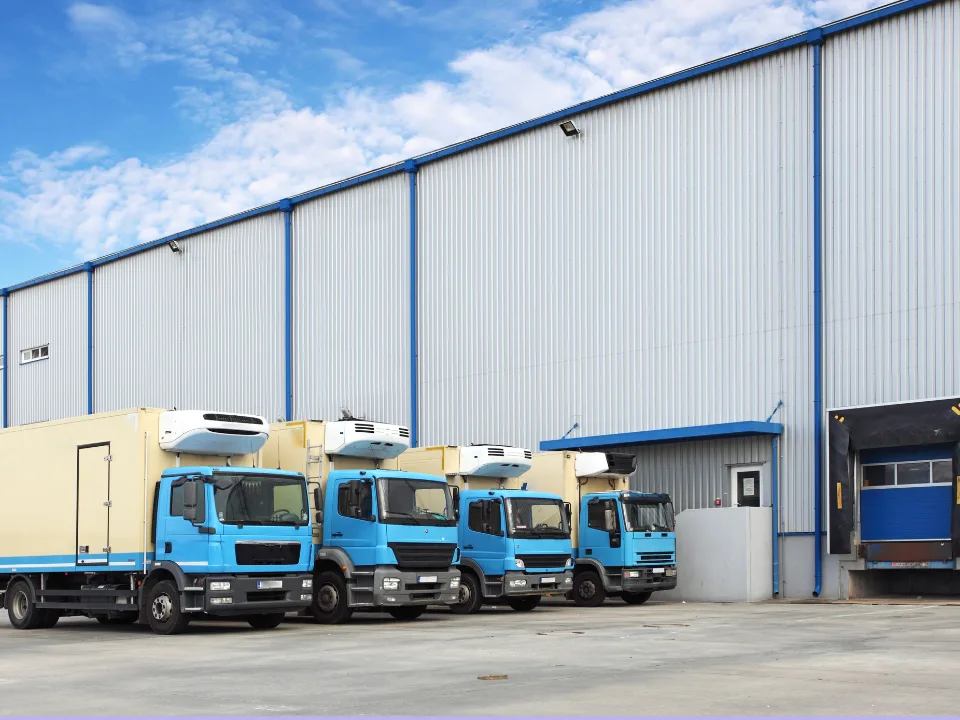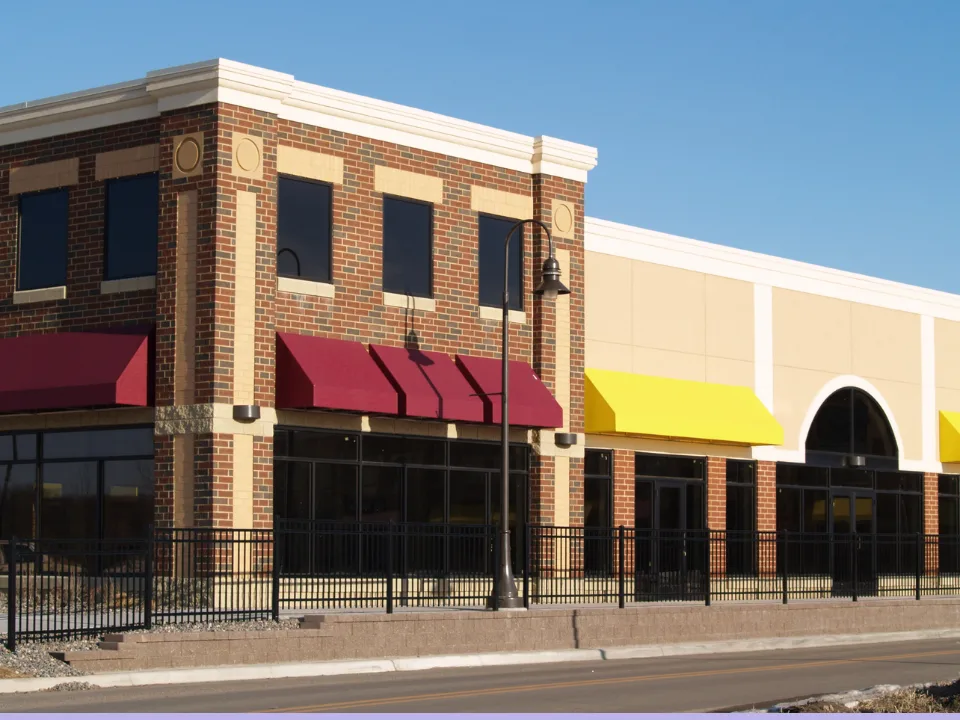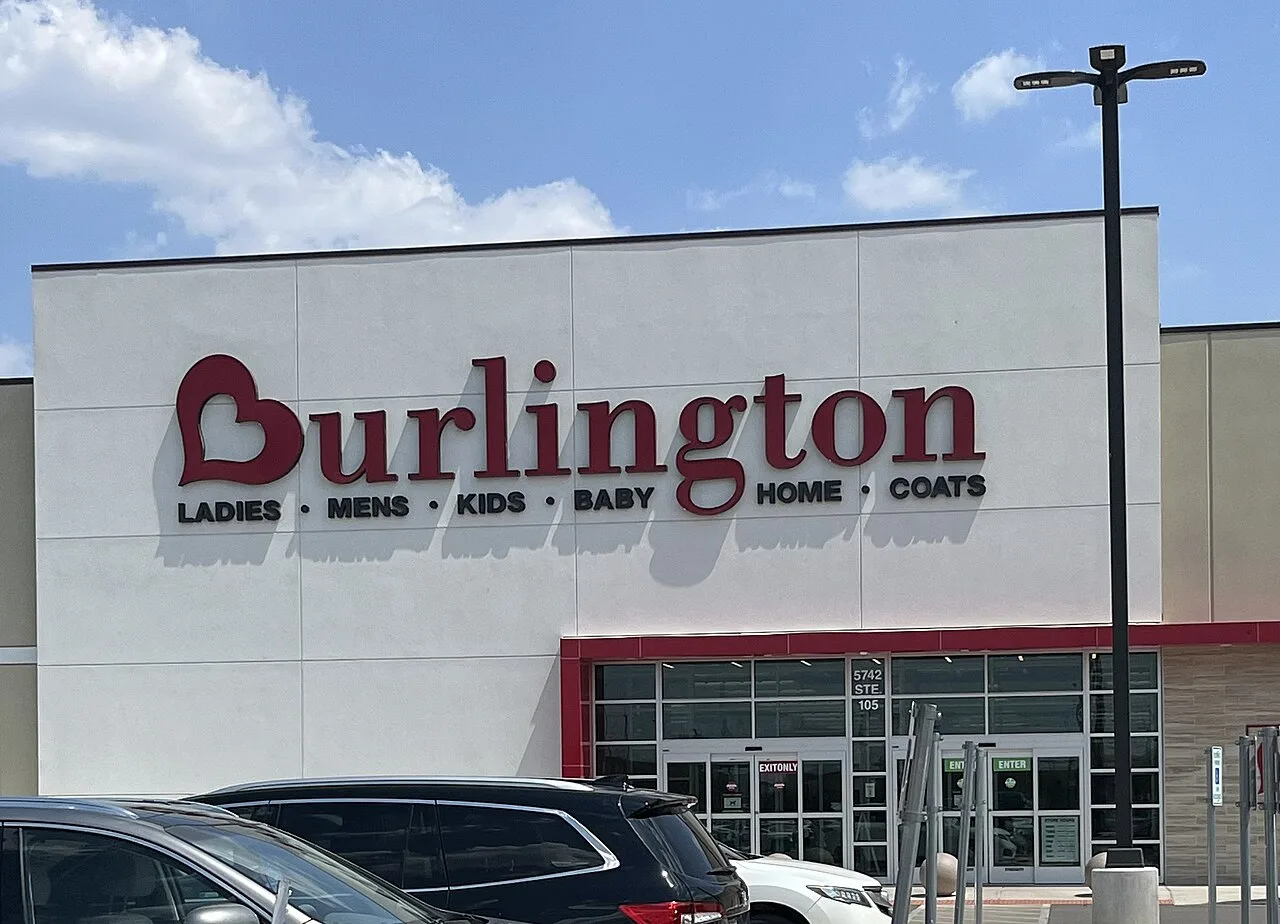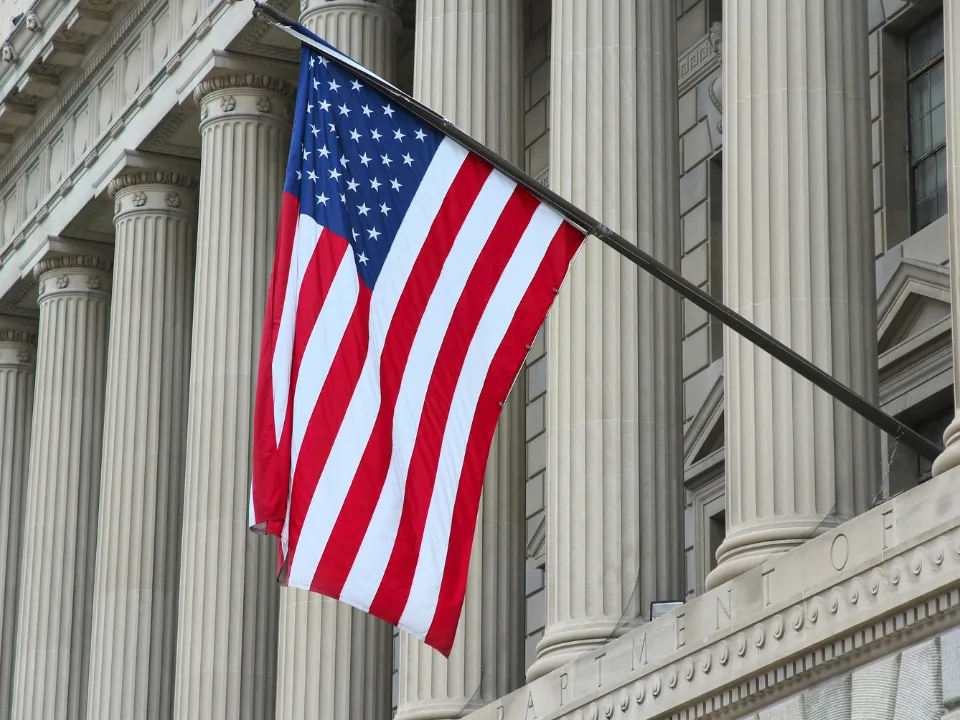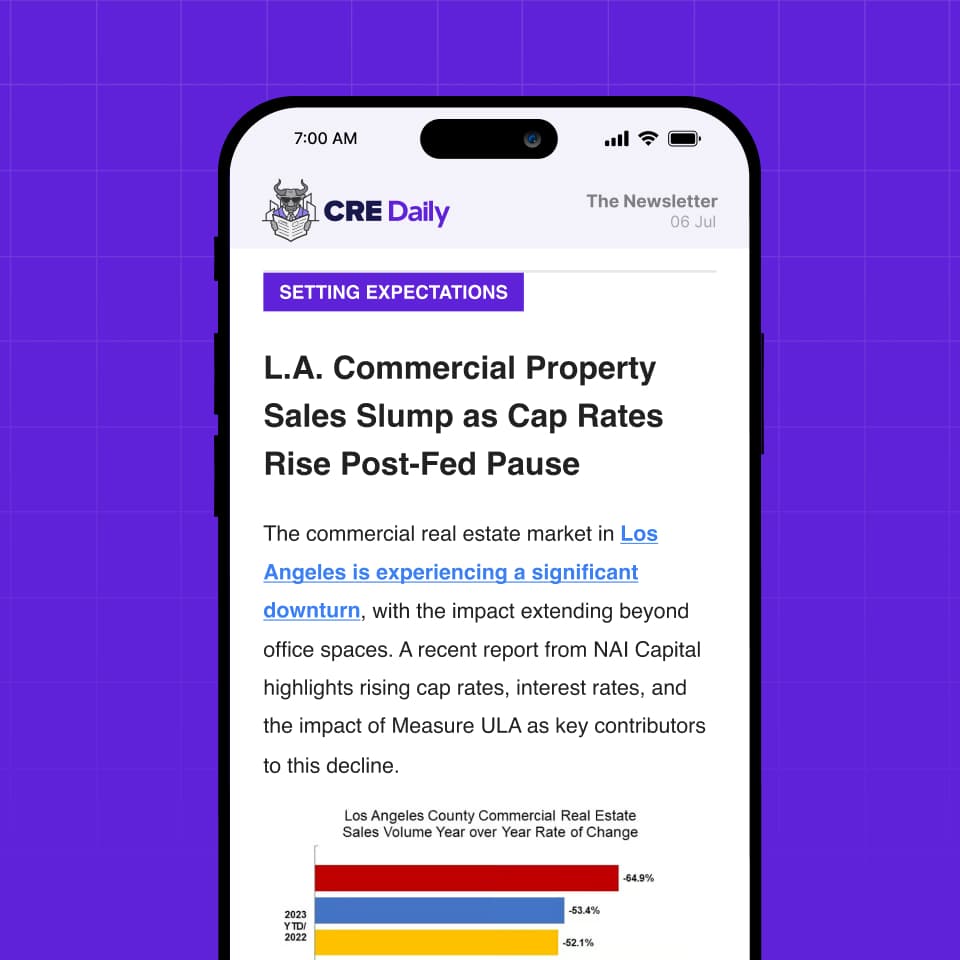- Burlington is downsizing its store locations by nearly 80%, focusing on smaller, more efficient spaces with a “treasure-hunt” shopping experience.
- The company plans to expand aggressively, opening 400 net new stores over the next four years and eventually reaching 2K locations.
- Burlington is diversifying its product mix to include beauty, home goods, and brand-name sneakers while moving away from its traditional focus on outerwear.
- The shift to smaller, more profitable stores is part of Burlington’s response to evolving consumer behavior and the growth of e-commerce.
Burlington, long known for its oversized discount stores, is shrinking its footprint to stay competitive in the fast-evolving retail sector, as reported by WSJ.
By The Numbers
The company is cutting store sizes by nearly 80%, opting for smaller locations that focus on offering customers a “treasure-hunt” shopping experience at low prices.
With an aggressive expansion strategy aimed at opening 400 net new stores over the next four years, Burlington is going after larger rivals, like Ross Stores (ROST) and TJX Companies (TXJ), owners of T.J. Maxx and Marshalls, as it adapts to a changing retail landscape.
A Smaller, Smarter Approach
At Burlington’s newer locations, the days of sprawling, cluttered big-box stores are over. A typical new Burlington store now spans just 18 KSF, less than 20% the size of its old locations. In this revamped format, merchandise is neatly arranged, and customers can more easily navigate aisles to find bargains.
The move to smaller store footprints comes after years of struggling with large, underperforming stores—particularly in an era when online shopping and smaller retail footprints are gaining traction.
Burlington’s CEO, Michael O’Sullivan, who took the reins in 2019 after a lengthy tenure at Ross, has spearheaded the shift to smaller locations. O’Sullivan understands the economic benefits of downsizing—the smaller stores not only reduce overhead costs but also allow Burlington to capitalize on busy shopping centers, which are more profitable despite higher rent prices.
In their first year of operation, Burlington’s smaller-format stores, located in prime retail spaces, are already outperforming its historical $7M sales per store target.
Get Smarter about what matters in CRE
Stay ahead of trends in commercial real estate with CRE Daily – the free newsletter delivering everything you need to start your day in just 5-minutes
The Treasure Hunt
One key to Burlington’s strategy is its focus on the treasure-hunt experience, which has resonated strongly with customers in the off-price retail sector. Shoppers flock to Burlington for the thrill of discovering quality products at steep discounts, from brand-name sneakers to home goods.
This strategy has helped Burlington maintain a competitive edge for a long time, avoiding the threat of e-commerce by offering something that online shopping can’t replicate: immediate access to unique, discounted merchandise.
Unlike its competitors, Burlington has chosen not to pursue online sales. With margins tight in the off-price market, adding the costs of free shipping and returns would make online sales unsustainable for the company, according to O’Sullivan.
Instead, the company has embraced the in-store experience, ensuring customers can find new and exciting products each time they visit.
Rolling With The Punches
As department stores and large chains have struggled, off-price retailers like Burlington, Ross, and TJX have captured a larger market share.
Burlington’s shift to smaller, more strategically located stores comes at a time when the broader off-price retail sector is thriving. The off-price model, which offers high-quality goods at discounted prices, continues to outperform other retail segments.
Burlington is also benefiting from an opportunity to acquire real estate from bankrupt retailers. In 2023, the company purchased 64 locations from Bed Bath & Beyond, spending $28M to take over former spaces occupied by the retailer.
Burlington has also picked up locations previously occupied by Big Lots and Conn’s, capitalizing on the shifting retail landscape and increasing its presence in prime shopping centers.
Long-Term Vision
Burlington’s goal is clear: it wants to grow to 2K locations over time. The company’s aggressive expansion plans involve opening about 100 net new stores annually, focusing on better real estate in high-traffic areas. Despite higher rents, smaller stores are expected to be more profitable in the long term.
As the company works to reinvent itself, it is diversifying its product offering beyond its historical focus on outerwear, which now accounts for less than 5% of its annual sales. New product lines such as beauty and home goods are helping Burlington attract a broader customer base.
This transformation from a bulky discounter to a more nimble, versatile retailer positions Burlington to stay competitive in an ever-changing retail market.
